If you’re itching to get back out into the garden – and which gardener isn’t – then you may want to start out the new gardening season with some vegetables.
There are a few veggies that make for an excellent choice for springtime gardeners.
That’s because these veggies – or at least most of them – can handle some frosts and still perform majestically.
This – the fact that these veggies are somewhat frost hardy – also means that this info is suitable to growing vegetables for beginners… at least in some respects.
So, what are the best of the bunch in terms of being the hardiest vegetables?
Carrots
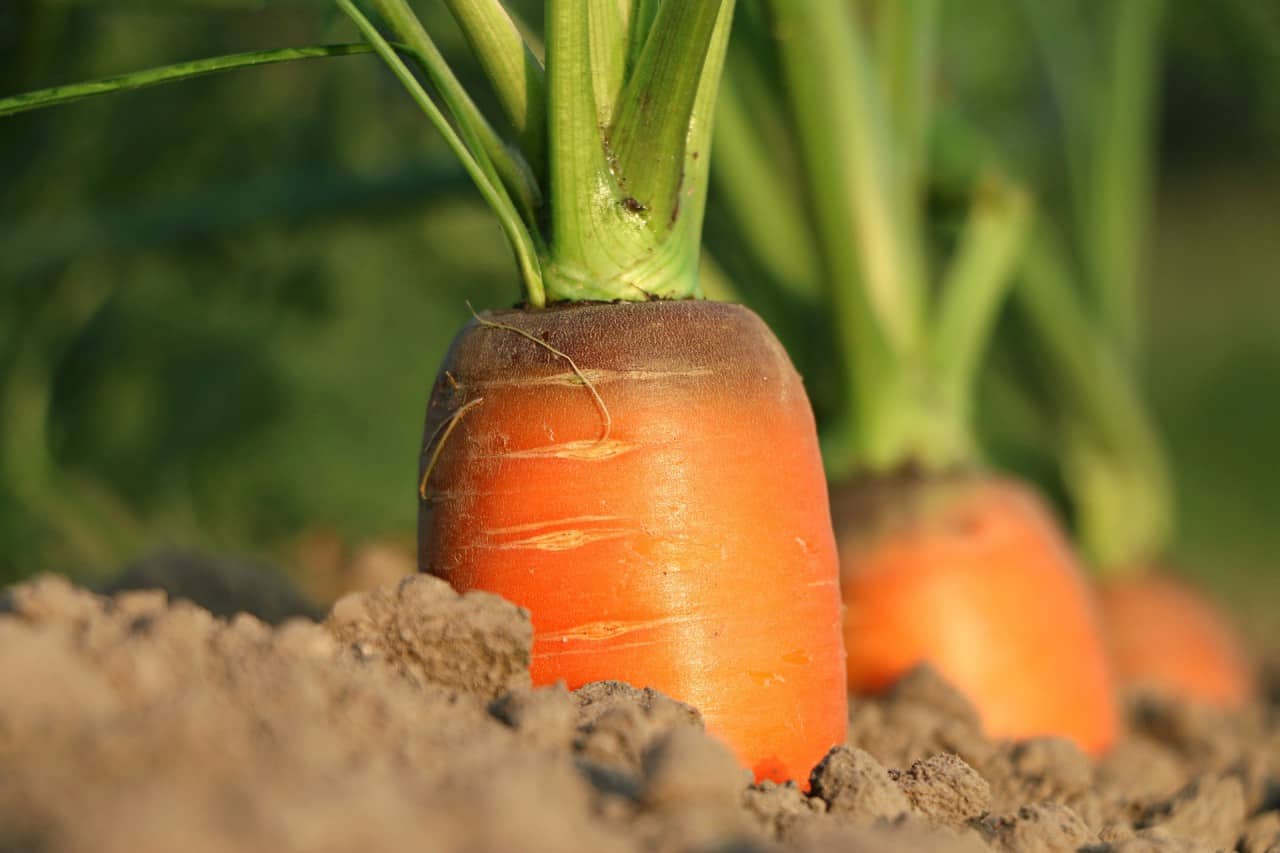
You may enjoy growing orange carrot varieties, or yellow, or possibly red, or could be the purple ones such as Purple Dragon.
Well, whatever the color and whichever the variety, these vegetables, which are perfectly suited to cooler-season growing conditions, are ‘saturated’ with vitamins and many of them have a beautifully sweet flavor.
Along with a decent amount of sun and rainfall, carrots can be picked early on in the form of baby carrots.
Or, they can be left ’til a later date to allow them to mature and become more crunchy.
Cauliflower
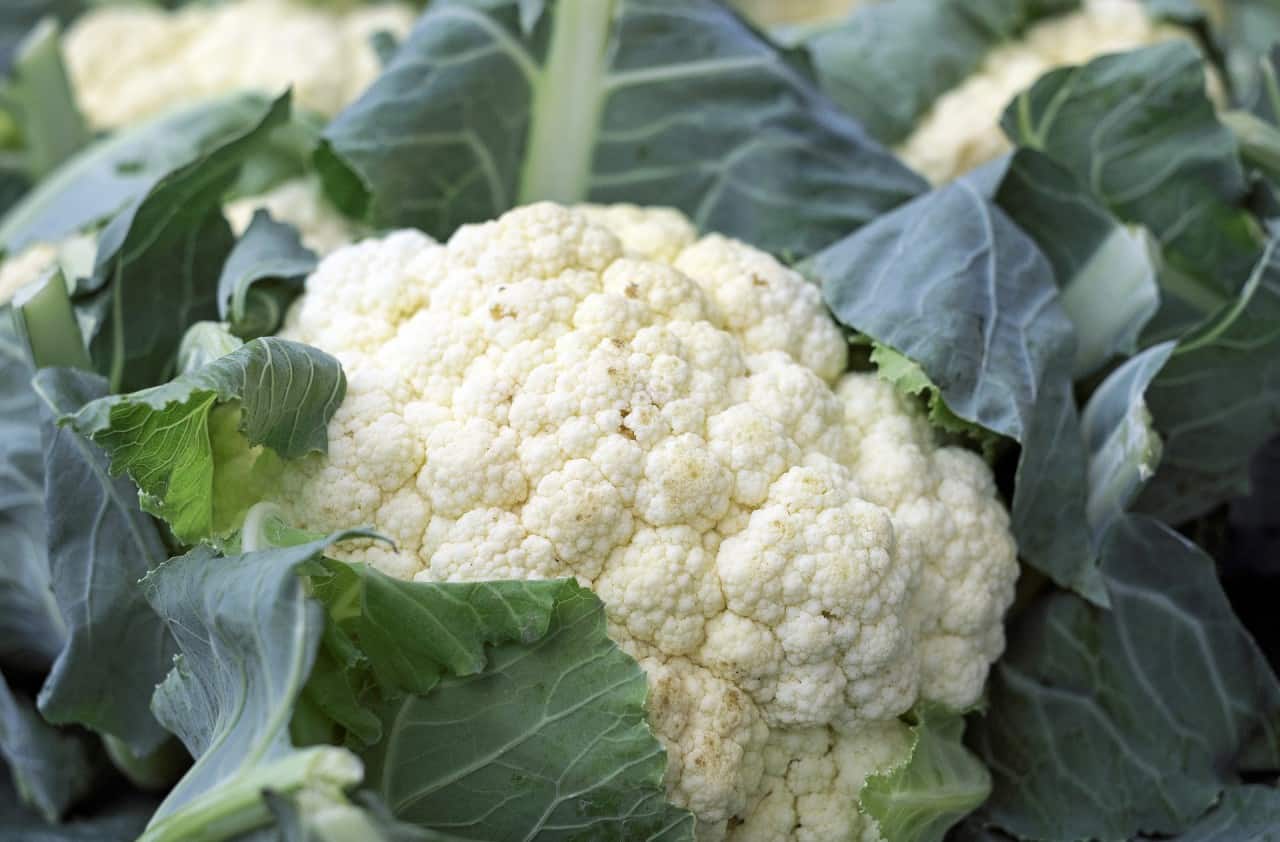
Cauliflower can be a little tricky to grow, depending on your particular weather conditions.
Cauliflower doesn’t like warmer growing temperatures.
If your average temps are around 60-65 F (15-18 C ) and not higher than 75 F (24 C ), then you should be good to go with your cauliflower production line.
Some cauliflower varieties do better than others at different temps.
If you’re in or near New York, for example, here are a few cauliflower varieties that should do well:
Best Cauliflower Varieties for New York
Alert
Amazing
Candid Charm
Cheddar
Early White
Self Blanche
Snow Crown
Violet Queen
Broccoli
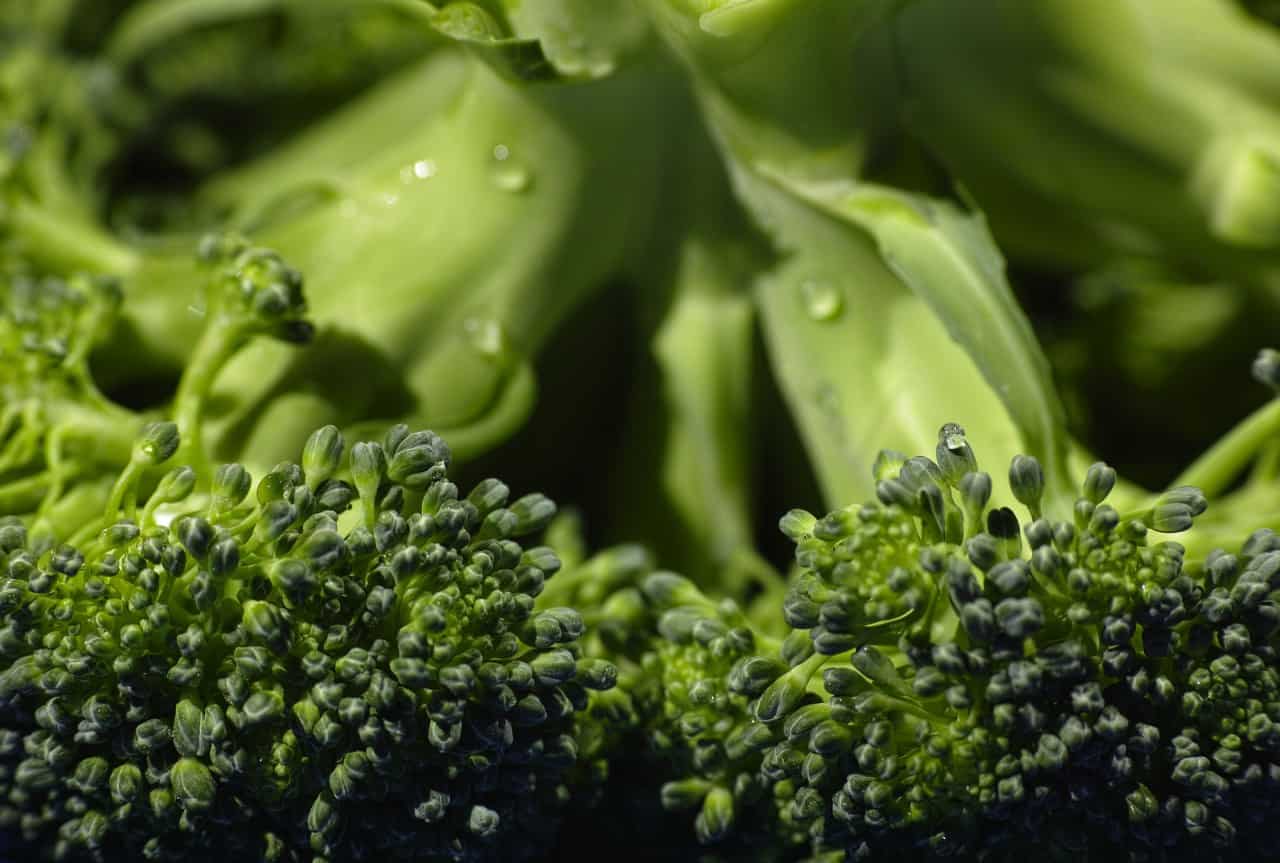
Broccoli flowers when the growing conditions become warmer.
As such, it’s good policy to get your broccoli crop into the soil relatively early in the season – meaning springtime.
Typically, broccoli heads can be harvested anytime from spring through to fall.
If the air is cold, broccoli rosettes will remain tight.
Tomatoes
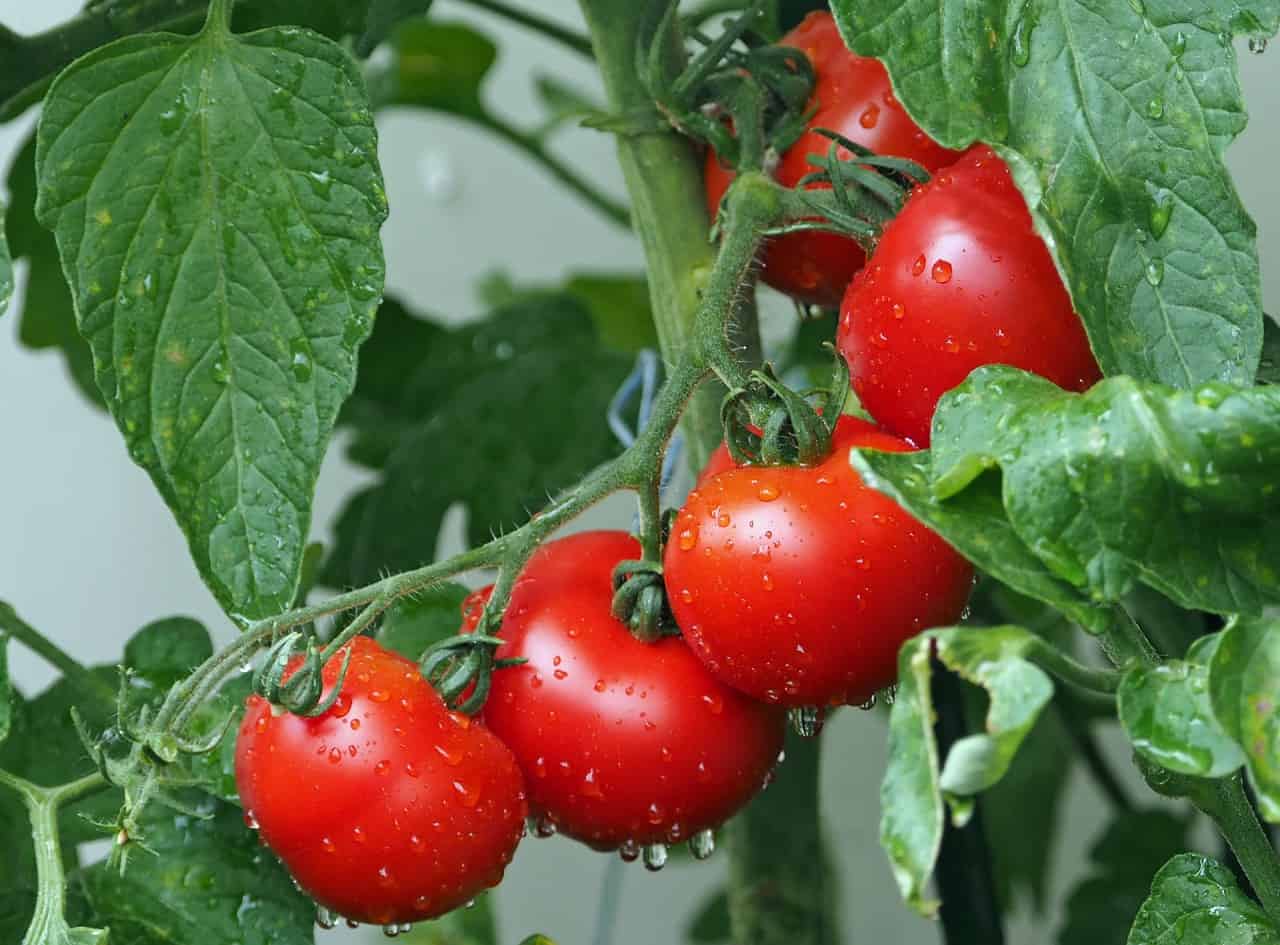
Okay, so tomatoes are not, in fact, a veggie at all; tomatoes are, indeed, a fruit.
Notwithstanding, many folks still regard the tomato as a vegetable, so I’ve included it here.
There are hundreds of varieties of tomatoes from which to choose.
Once the last springtime frost is over and done, transplant your tomatoes from the glasshouse to the outside.
Allow them to grow to between four and six inches in height before moving them outside to the garden.
Beet (beetroot)
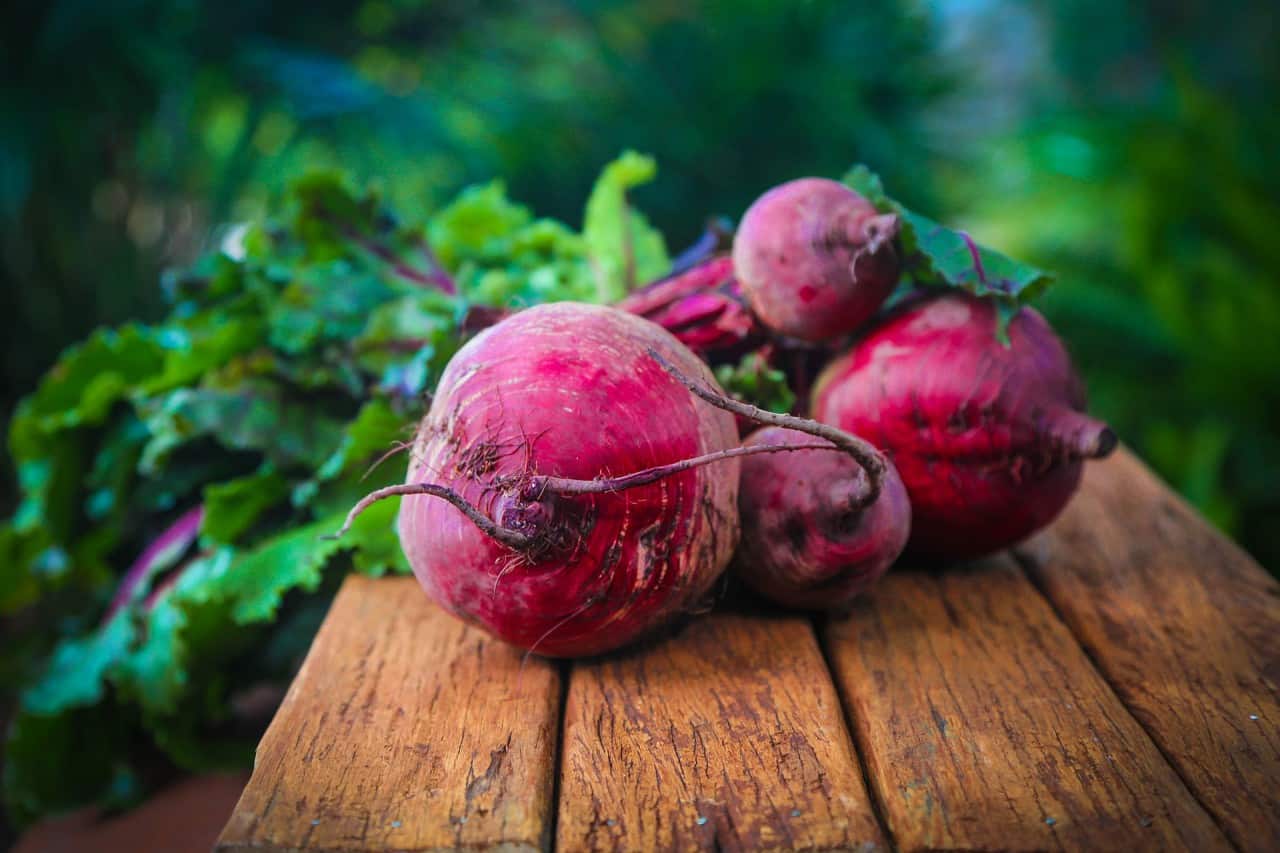
By some, the beet, or the beetroot as it is better known in the UK, is regarded as one of the super foods.
That’s because it has many strong connections to improved health – namely:
- Beets help to retain blood pressure at normal levels
- Beets, apparently, help to improve athletic performance
- Beets could help to combat inflammation in the body
- Beets could help to improve digestive health
- Beets are said to have a capacity for improving brain health
- Beets are also said to possess various anti-cancer properties
- Beets could help you to lose weight
Start out with your beets during late march to early April, given that they tend to have a better flavor when they have at least a few weeks of cooler air during their growing period.
Once the air temperatures rise above 65 F (18 C), it’s best to get out there and dig ’em up.
When the weather conditions are persistently on the much cooler side of 65 F, beets will keep on growing.
Once they reach a satisfying size, just keep on picking them.
But be sure to harvest as soon as the temperatures get to, or above, 65 F (18 C).
Lettuce

It’s a staple in the supermarkets.
It comes in various colors.
It comes in a variety of flavors.
And, what’s more is that it is pretty easy to grow.
With lettuce, you should sow your seeds early in the season because, with lettuce, it will refuse to germinate in soils that are anything above 80 F (25 C).
Remember that air loses heat more rapidly than soil.
This means that frequently, the soil will be warmer than the air temperatures during the nighttime.
Paradoxically, the soil will frequently be cooler than the surrounding air during the daytime.
Anyway, and irrespective of soil/ air temps, spring is the ideal time to start your lettuce production.
Give it a couple months and your lettuce should be about ready to pick.
Asparagus
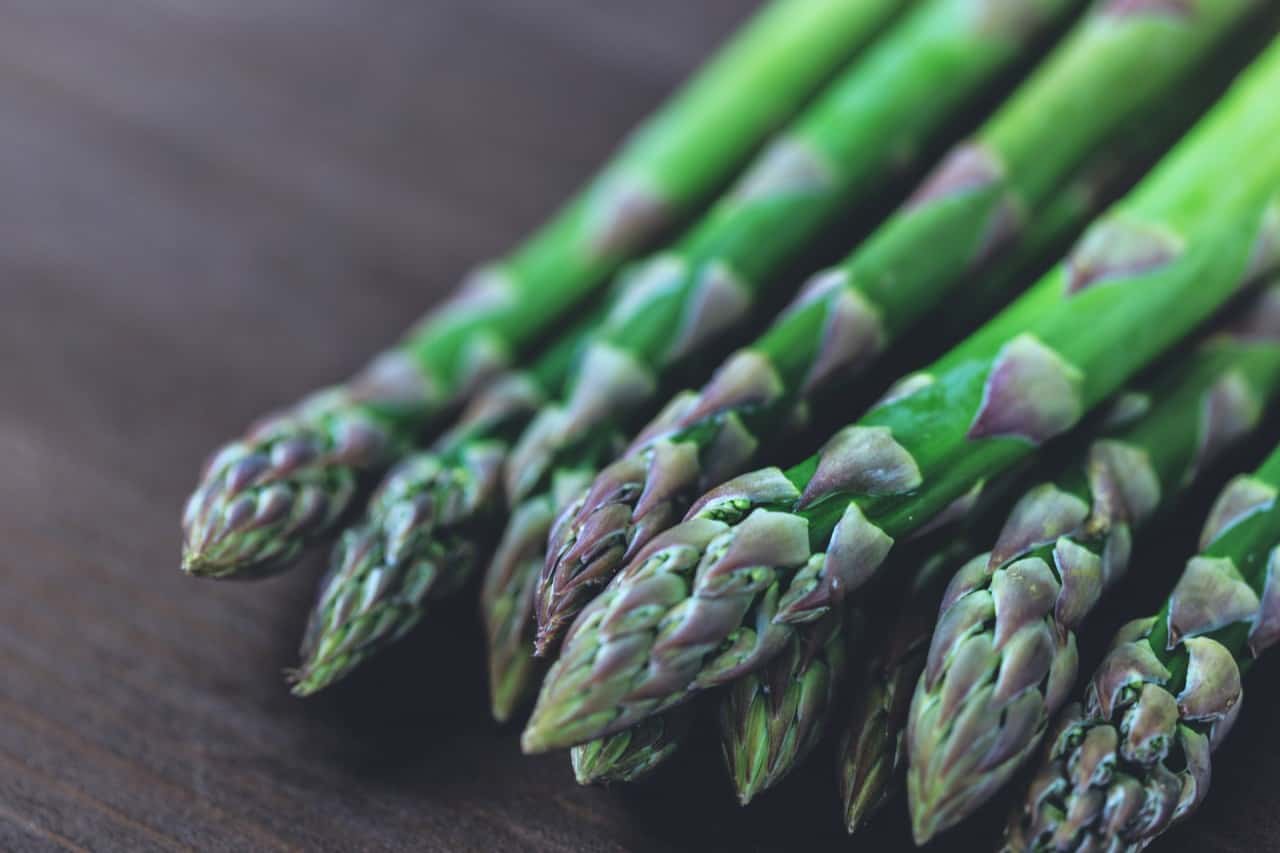
Though asparagus is not exactly ideally adapted to planting in the early springtime, over time, and because it is a perennial, it does have a tendency to improve.
It improves in that it grows ever-more productive, and the harvest can last over a period of months.
Asparagus doesn’t need much attention to get the best results.
Radish

From seed stage through to bulb stage, radishes have a tendency for rapid progression.
Due to this, it’s wise policy to keep your eye on them.
Though maggots can prove to be a radish-related problem, besides maggots, radishes are generally pest-free.
Radishes are excellent for new gardeners because they have a high success rate.
Often eaten alone, radishes can also be consumed as part of a salsa, coleslaw or a sauté.
Arugula

Love pizza? Me too!
While arugula requires plenty of water in order to maintain its growth rate, when there is plenty of water, it grows fast.
You can plant arugula straight from seed, and it is best plant to plant – you guessed it – in the springtime.
This is because arugula’s leaf rosette can only be triggered when the prevailing weather conditions are cooler.
All the same, if it is very cold where you are, you will likely benefit the growth of your arugula by covering the ground, as this encourages the soil to warm up.
Kale
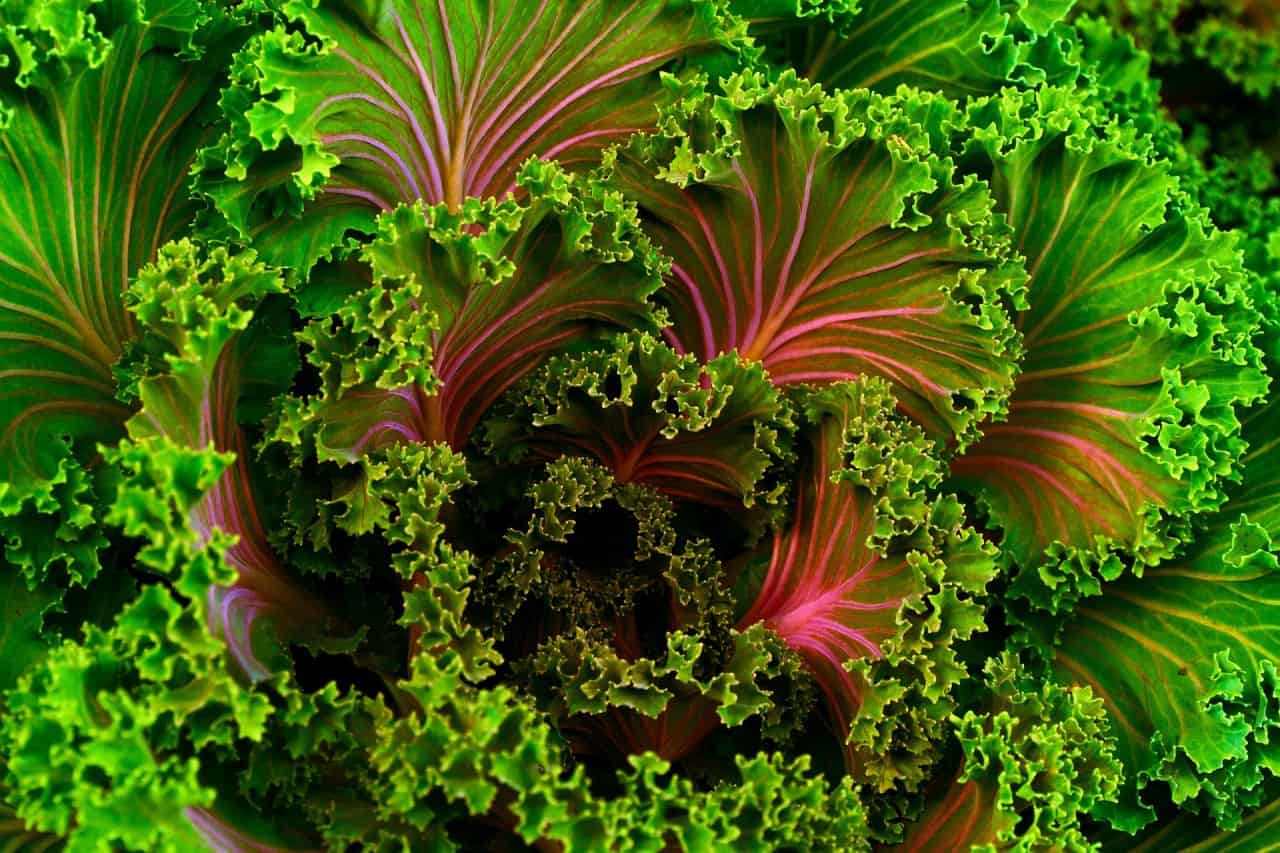
While kale does appreciate cooler growing conditions, it may be best to start out indoors so the plants can harden off a little prior to being replanted outside.
Though there is no necessity for warmth, kale does require good light.
What’s more, kale also requires soils that are well-drained to perform at its best.
Now, over to you. Tell us which is your favorite springtime vegetable and why so?

One thought on “10 Best Vegetables to be Planted in Spring | Growing Vegetables for Beginners”